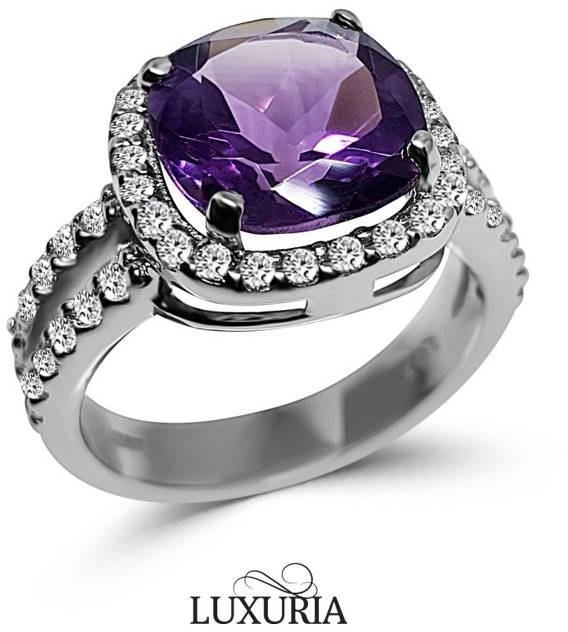
Benefits of flawless vvs simulated diamonds
Diamonds are graded on their clarity, which is a measure of how well light reverberates inside the stone’s structure. When people speak to “VVS diamonds,” they are talking to the clarity grade that is considered to be the second best after FL or IF clarity. There are essentially 11 distinct categories of diamond clarity that can be bought. Because of this, The flawless vvs simulated diamonds combine characteristics from two or more clarity grades, such as VVS1 and VVS2.
The Fire Is Intact With Simulated Diamonds
The brilliance and fire that are distinctive of diamonds, which are known for their longevity, are determined by the clarity grade. In light of this, those in the market for the finest diamond engagement rings or other diamond jewellery should be familiar with VVS diamonds as a symbol of the clarity grade.
VVS diamonds are those that have even the tiniest inclusions. VVS Diamonds may be either VVS1 or VVS2 in terms of clarity. Since this diamond’s inclusions aren’t readily apparent to the naked eye, a skilled diamond grader will need to analyse it under a microscope. Let’s check out the characteristics of VVS diamonds and what their grading mean.
The exceptional clarity of VVS diamonds is touted by certain retailers as a selling advantage. But this level of transparency exceeds what’s necessary to enjoy a diamond for all its splendour.
But when exactly would it be a good idea to consider buying a VVS diamond? Read on to learn more about the pros and cons of VVS diamonds and other high-quality stones for engagement rings.
A VVS diamond is defined as follows
VVS1 and VVS2 clarity grades are possible for diamonds. Diamonds are given clarity ratings by reputable gemological laboratories like the GIA based on a number of factors, including the number, size, colour, and location of any imperfections or faults they may include. These things prevent the light from passing unimpeded through the stone. If there are many of these inclusions and faults, the grade will suffer.
Both a “F” for “flawless” and a “IF” for “internally flawless” represent the highest attainable quality rating for clarity. The following is an example of something that is only mentioned. Within this quality category, we find VVS1 and VVS2. Following this is somewhat included (SI1, SI2), then fully included (I1, I2), and lastly very marginally included (SI3). It is generally agreed that diamonds rated VVS1 or VVS2 have an exceptional level of clarity.
Very, Very Slightly Imperfect Diamonds
Flaws in VVS diamonds are only seen under a microscope at a very high magnification. Sometimes, not even a jeweler‘s loupe can help you see these imperfections.
Expansion of Available Selections for Non-Standard Sizes, Shapes, and Colours
If you’re just interested in a round brilliant white diamond, there’s not much use in shelling out the extra cash for a VVS diamond. In fact, we advise that you narrow your options down to VS2 and SI1 diamonds only. It doesn’t hurt to broaden your search to include diamonds with higher clarity grades if you’re looking for a particularly large stone.
It’s probable that you won’t have much luck finding a stone with a certain shape or coloration. Including VVS diamonds in your search will not, once again, reduce your options. This 3.20-carat, H-color, VVS1-clarity diamond might be the one you fall in love with if you’re looking for a large asscher cut diamond. James Allen’s given name. Used with the permission of the creator.
Conclusion
There is no reason to pass up a VVS diamond other than its price if you have a preference for VVS diamonds (maybe your name is Victoria Van Slyke). The sole justification for doing so is to save money on a low-quality diamond. When budget is tight, it’s better to settle for a lower clarity grade and put the money towards a larger or better-cut diamond.
